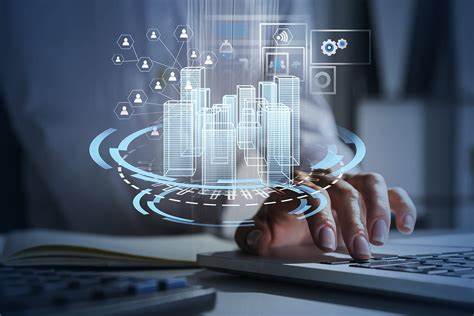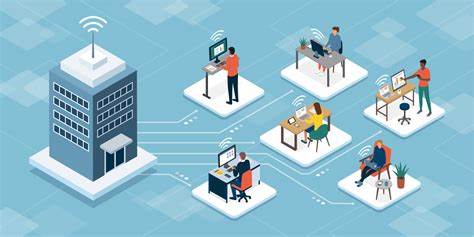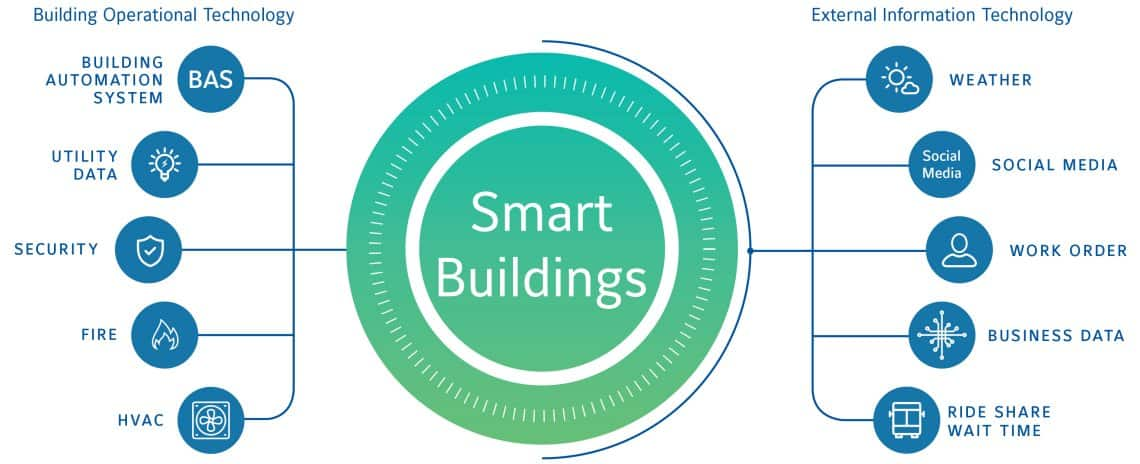
Smart Building Technology: Enabling Remote Asset Management
Introduction
Smart Building Technology is revolutionizing the way buildings are managed and operated, offering a wide range of benefits for both businesses and individuals. This article explores the importance of remote asset management in smart buildings and delves into its historical background, key concepts, main discussion points, case studies, current trends, challenges, and future outlook.
Historical Background
The evolution of building automation systems has played a crucial role in the development of smart building technology. Building automation has progressed from simple control systems to sophisticated integrated solutions, paving the way for the adoption of the Internet of Things (IoT) in building management. The integration of IoT in buildings has enabled remote asset management and opened up new possibilities for optimizing operations and improving efficiency.
Key Concepts and Definitions
Smart building technology refers to the use of advanced technologies and systems to automate and optimize building operations, ranging from lighting and HVAC systems to security and access control. Remote asset management, on the other hand, involves monitoring and controlling building assets and equipment remotely, using IoT and data analytics. This integration allows for real-time monitoring, predictive maintenance, and energy optimization. Additionally, the use of data analytics and predictive maintenance enables proactive decision-making and reduces operational costs.

Main Discussion Points
Point: Benefits of Remote Asset Management in Smart Buildings
Remote asset management in smart buildings offers numerous benefits. Firstly, it enhances energy efficiency by allowing building managers to monitor and control energy consumption remotely. This leads to significant cost savings through preventive maintenance, as potential issues can be detected and addressed before they escalate. Additionally, remote asset management improves security and safety measures by enabling real-time monitoring of security systems, fire alarms, and access control.
Point: Technologies enabling Remote Asset Management
Various technologies contribute to remote asset management in smart buildings. Sensor networks and monitoring systems play a crucial role in collecting and transmitting data from building assets to a central control system. Cloud computing and data storage provide the necessary infrastructure to store and process vast amounts of data generated by smart buildings. Artificial intelligence and machine learning algorithms analyze this data, enabling predictive maintenance and efficient decision-making.
Point: Implementation Challenges and Considerations
While remote asset management offers numerous advantages, there are implementation challenges to consider. Data security and privacy concerns arise due to the large amounts of sensitive data collected and transmitted by smart buildings. Integrating with legacy systems can also be challenging, as older infrastructure may not be compatible with modern technologies. Scalability and interoperability issues need to be addressed to ensure seamless integration and management of assets in smart buildings.

Case Studies or Examples
Smart Building Technology has been successfully implemented in various sectors. Commercial office spaces have benefited from improved energy management, reduced costs, and enhanced occupant comfort through the integration of smart building technology. Healthcare facilities have leveraged remote asset management to monitor medical equipment, ensure patient safety, and streamline operations. Energy management in smart homes has allowed homeowners to optimize energy consumption, reduce utility costs, and contribute to a sustainable future.
Current Trends or Developments
The integration of smart building technology with smart grids is a current trend that allows for efficient energy distribution and utilization. Blockchain technology is being adopted for secure data management, ensuring the privacy and integrity of building data. Augmented reality is also being utilized for remote asset inspections, enabling technicians to access real-time data and perform maintenance tasks more effectively.
Challenges or Controversies
Privacy concerns arise with the implementation of IoT-enabled building systems, as a vast amount of personal and sensitive data is collected. The lack of standardization in smart building technology poses challenges for interoperability and compatibility between different systems. Resistance to change and the need for employee training are additional challenges to overcome when implementing smart building technology.

Future Outlook
The smart building market is expected to witness significant growth in the coming years, driven by advancements in technology and increasing awareness of the benefits it offers. Artificial intelligence and predictive analytics will continue to advance, enabling more accurate and efficient decision-making in building operations. The potential impact of 5G technology on remote asset management is also worth exploring, as it promises faster data transmission and lower latency.
Conclusion
In conclusion, smart building technology enables remote asset management, offering numerous benefits such as increased energy efficiency, cost savings through preventive maintenance, and improved security and safety measures. With the integration of advanced technologies, smart buildings are transforming the way buildings are managed and operated. The future of smart building technology holds immense potential, with advancements in artificial intelligence, predictive analytics, and the adoption of 5G technology.




